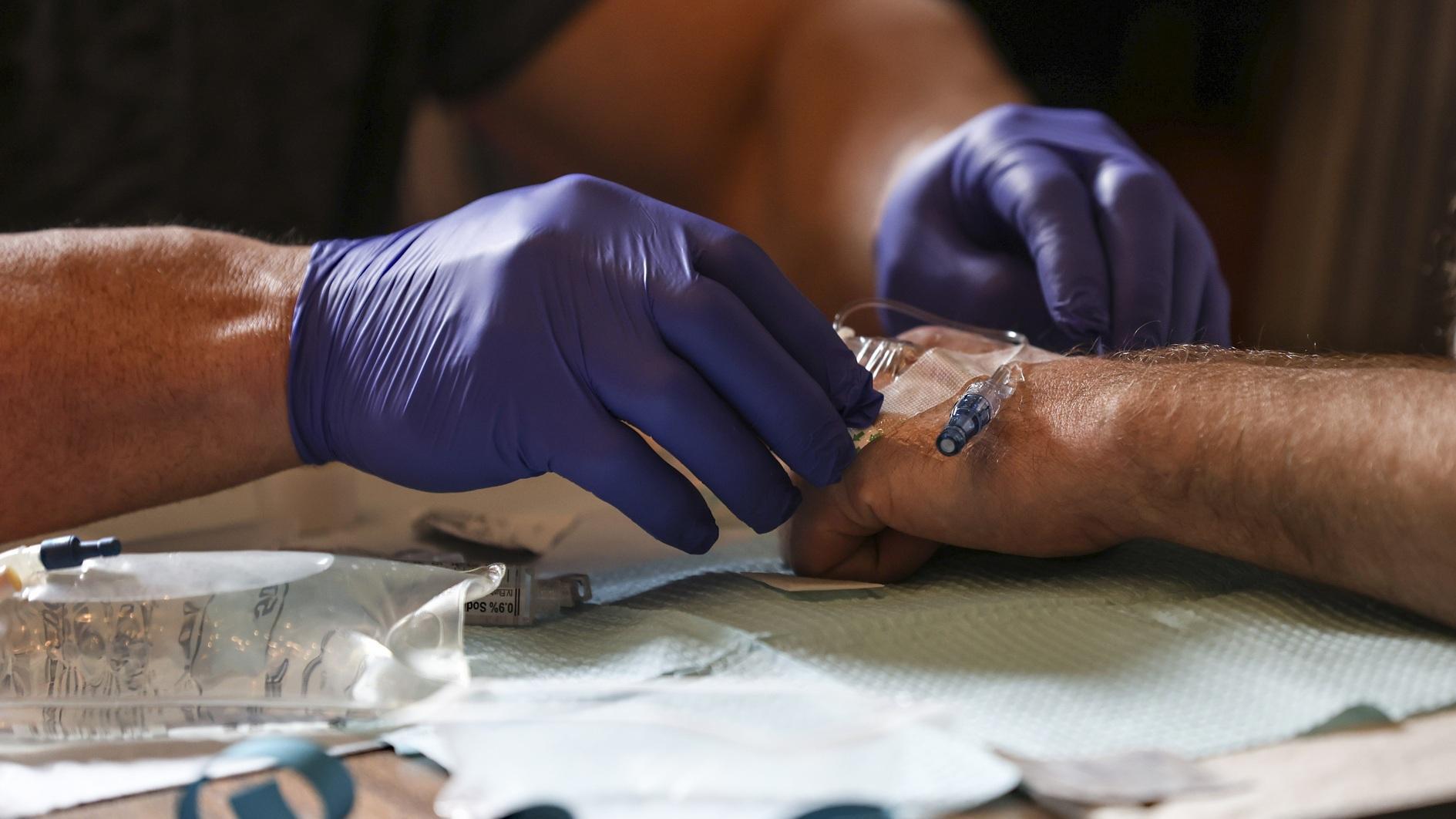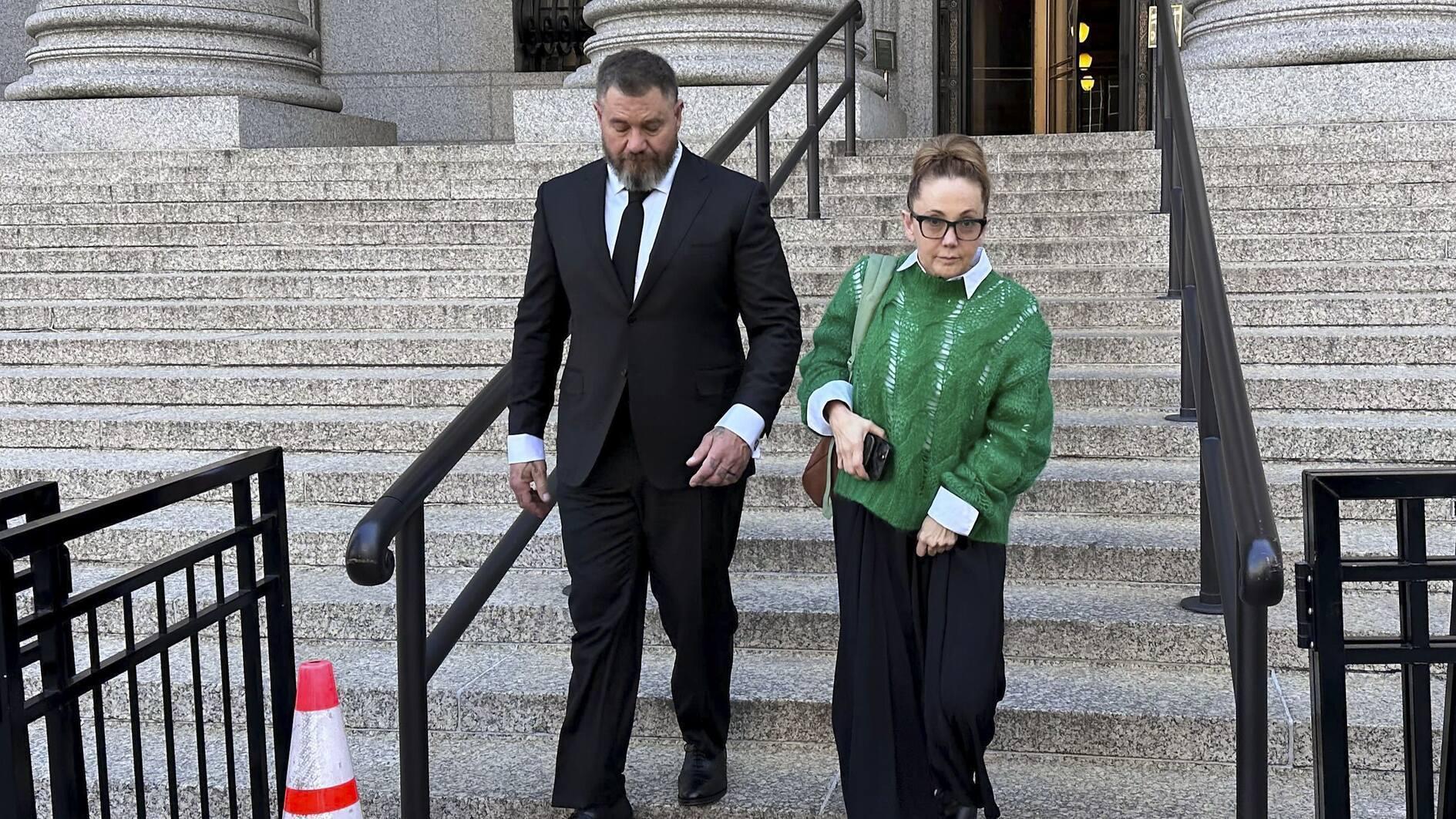Apollo and the rats
I do not know whether the inhabitants of Gülpinar know they are stepping on the ruins of an ancient city whose story is related to the small creatures that have brought havoc to their area since early antiquity: farm mice, the sminthos.
Probably not. They have far more interesting things to deal with these days, as their Apollo Smintheus Temple is about to undergo a drastic change. Surely, for the better, says Professor Coşkun Özgünel, who has been in charge of excavations in the area since 1980. The eminent Turkish professor of Ankara University whose background includes serious study work in several German universities and has been a member of the Turkish committee of UNESCO and ICOM, is now embarking on a program of complete reconstruction of the temple. According to the story, widely covered in the Turkish media, and strongly challenged by fellow archaeologists and architects, Dr. Özgünel received official permission from the Turkish authorities to realize his plan, which includes rebuilding the stairs by using modern materials such as white cement and marble dust and constructing eight new pillars of 28-meters-high in order to be the “third biggest temple in the ancient world ... to be rebuilt on its ruins.”
The debate on how to preserve the material evidence of the past is becoming a serious problem in contemporary Turkey. At a period where uncontrolled construction is seen as a show of development and used as a political success story, archaeology loses its defined role of the protector of the past to becoming a player of the present. In that sense, restoration can be easily interpreted as reconstruction, redevelopment and renewal. A half-ruined ancient theatre can have its missing parts filled to look as good as a new apartment block and the Temple of the Apollo in Gülpınar can be rebuilt in a style reminiscent of a Las Vegas neo-classical temple of gambling. When the project finishes, the modern inhabitants of Hamaxitos, whose city lasted for 2,000 years, will show to the legions of tourists who visit the area a brand new white partly stone, partly cement temple “exactly how it was.”
The professional standards stated in the 1972 Charter of Venice for the Protection and Preservation of Ancient Monuments and Sites are quite clear: “The conservation of monuments ... must not change the lay-out or decoration of the building ... Wherever the traditional setting exists, it must be kept. No new construction, demolition or modification that would alter the relations of mass and color must be allowed ... Replacements of missing parts must integrate harmoniously with the whole, but at the same time must be distinguishable from the original so that restoration does not falsify the artistic or historic evidence ... Additions cannot be allowed etc.
One of the earliest traditions comes from a 7th century BC poet from Ephesus. Callinus says Hamaxitus was founded by Cretans who were told by an oracle to found a city where they would be attacked by creatures from the earth. When their leather shields were eaten by farm mice coming from the earth around the area, they understood it as that this was the place to found their city. Throughout antiquity, Sminthian Apollo was depicted with a mouse next to him, but it was not clear if he used the mice to cause damage to people or to exterminate diseases caused by mice to protect people.
It is a bit like the present reconstruction project on the Apollo Temple. Are our modern tools for intervention for improving our understanding of our past or for destroying it? I am afraid by the end of this summer what will come out from the earth of Sminthian Apollo will be just white cement and modern











